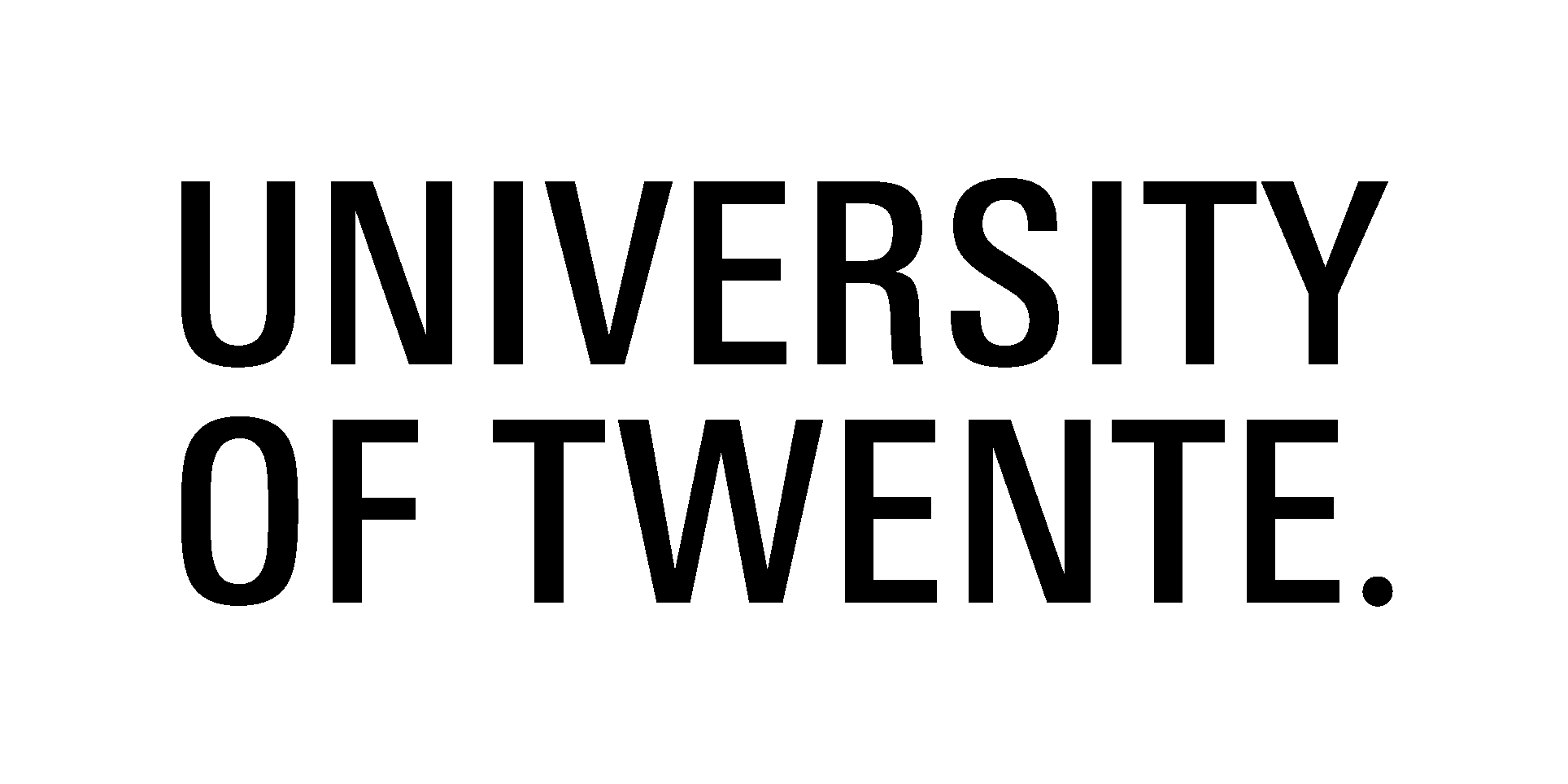
Rather than only shifting the objective of the project and designing for this new goal, the project group was advised to recognise the need for reflecting on the entire experience. In general, the design process revolved around reflecting and evaluating the course of the project, which is why this section is held short and concise to avoid repetition.
Why? – It allows the team to identify what worked well and what didn’t, which are valuable insights to be used in similar projects in the future. By reflecting on the experiences, the team can identify their successes, areas for improvement, and what they have learned, enabling them to grow both individually and collectively and to apply their knowledge and skills.
The project group struggled with finding a direction that falls in line with all the stakeholders’ expectations, namely the universities scope of the project, the case owners wishes and the groups own expectations. It was a truly challenging experience, since it hindered the project group to start working on coming up with ideas, and therefore there was not much momentum or movement throughout the first phase of the project.
On the other hand, the entire process had positives that can be taken and applied for future projects and professional environments. Once Phase One was concluded and the objective shifted with only one week left to finish the project the team came together and learned to organise themselves and withstand the pressure of extremely limited resources and time. They used their abilities to quickly ideate, share, evaluate and make decisions in a fast manner, yet sensibly. Furthermore, new AI Technologies were integrated into the design process. To make a visually pleasing product, Midjourneys’ Discord bot has been used to create most of the visuals. The main learnings with using that method were writing and refining prompts to receive outcomes that fell in line with the envision. Limitations were the detailed prompts (explanations) required by Midjourney to produce imagoes of similar perspective, colour scheme and overall style. Also, Midjourney is unable to come up with finished and coherent designs, for example when prompting it to create a finished game card. Thus, only the artworks were created with it. But as designers the team was able to successfully use these new advancements for creators to build a visually strong prototype.
Another Aspect that has been reflected upon was the difficulty of working with external stakeholders, the co-designer, which can happen again in the real world. The Project Group has been able to take away how to be flexible and adapt to unexpected situations that can arise during collaborative projects. The issues with communicating the expectations, wants and needs have been amplified by mostly interacting with the case owner through online meetings, rather than personally travelling to his location. On top of which, the case owners’ native language was Dutch and even though they agreed to talking in English, they seemed more comfortable when interacting with the only Dutch-speaking member.
To create a valuable prototype and other deliverables, the group divided up tasks efficiently and thought about ways to design something that is easily realised. These limitations required to limit the creative output. However, every design problem is subject to limitations, teaching an important lesson for the future.
Finally, overcoming stagnation by consulting the tutor has been the most important factor in progressing. Between Phase 1 and 2, the project was close to failing ultimately. After the objective shifted, the team was pushed to choose a concept wisely and start working on it. Once the ball got rolling with the first tangible prototype, further development became easier.
In conclusion, the project group faced various challenges and limitations throughout the design process, including conflicting expectations and limited resources. However, by reflecting on their experiences and evaluating their progress, the team was able to identify their strengths and weaknesses, learn from their mistakes, and grow both individually and collectively. These valuable insights and lessons learned will undoubtedly inform their future endeavours and contribute to their continued growth as designers. In Context related to co-designing a product with people, even though the team and case owner didn’t get to do that, all members understood that the initial approach and forming a connection from the start is important for a successful progression.